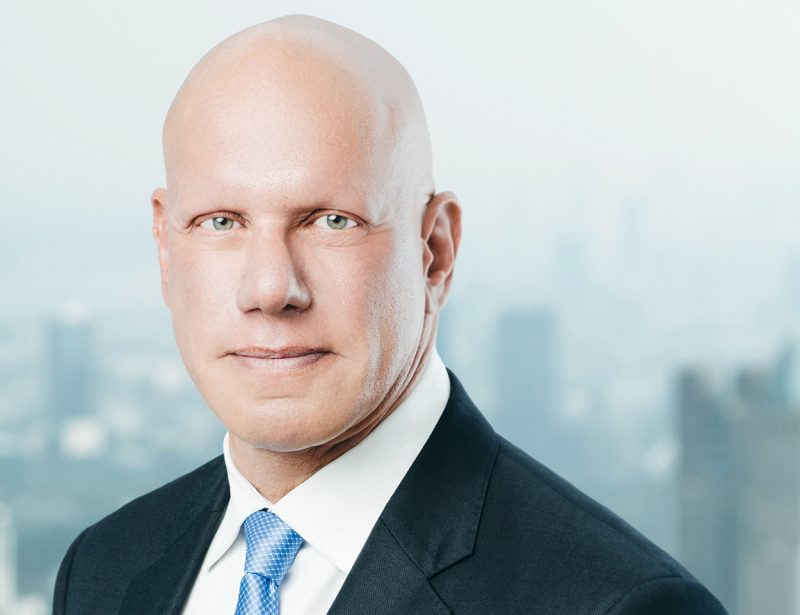On the importance of organizational health and agility, and why reading CEO biographies won’t make you a better leader.
Interview by Markham Heid
TQ: You’re a proponent of approaching leadership and organizational change using an evidence-based approach. What does that mean exactly?
Bazigos: My overriding ethos has a few basic tenets. One is that organizations need to measure their functional effectiveness with the same rigor with which they measure financials. Many don’t.
The second tenet is that they need to seek out the most appropriate instruments for what they want to measure. I don’t think evidence should trump human judgment, but evidence should be a strong complement. Because there’s a lot of research showing that formulas and algorithms beat the predictions of even expert human beings.
What’s a situation where a decision-maker’s gut may tend not to agree with the evidence?
There’s a tool we use at Accenture called change tracking. It recasts employees as observer of facts on the ground, and the sum total of those observations is used to score 10 different drivers of change.
When we show clients a ranked order of those 10 drivers, their typical response is to look at the lowest-scoring driver and want to attack that first. But that’s not always the right thing to do. People who do that have this theory that you can’t raise the ceiling if you’re not raising the floor. As it turns out, through advanced analytics, we may know that some drivers in the middle of the stack have a far stronger effect on the whole organization than the bottom driver.
So instead of working on issues of employee anxiety, which might be the highest-scoring negative driver, working on change skills of leaders may be a better way to put the organization’s health on a better path.
You’ve written that leaders aren’t always great at assessing the health of their organization.
Yeah, you see that a lot. If you talk to people doing organizational analytics, a common refrain is that the higher up the leader is, the rosier his or her view is of the organization’s health, and the greater the distance is between his or her assessment and the view from frontline employees.
Ironically, most of the time, the biggest area of disconnect is leadership assessment. So leaders see themselves as a strength, but the farther down you go, the less appreciative people are of the leadership.
How would you define strong organizational health?
I think about company or organizational agility, which is the ability to sustain performance over time by rapidly sensing and responding to challenges, both familiar and foreign, while maintaining core objectives.
So speed and adaptiveness is one part of it, and the other is having a stabilizing backbone of core objectives.
If you think of a motorcycle with a bent rim, even if it has an enormous engine, that bent rim will put a cap on how fast or far it can travel. In the same way, agility refers to organizations that are both fast and stable.
You advocate taking a Moneyball approach to leadership. Does that mean we should start scouring the market for employees with high on-base percentages?
What I mean by that is there’s a very divided camp among leadership theorists. One camp says there’s one right way with a single leadership prescription for all organizations. Another camp says, hang on, it depends. What it depends on is a lot of different things we could debate until the cows come home.
But many people have studied different leadership approaches when things are going well and when not going well, and shown how one approach may work well in one situation but not in another. I’m a big fan of contingency theories of leadership.
So we’re guessing you’re not a big fan of CEO biographies that advocate one person’s approach?
These are curated biographies, and it’s not a slam dunk that what worked for one leader will work for another.
Here’s an example: Florence Nightingale was a leader among health care professionals. General Patton was a leader during armed combat overseas. They were both great leaders, but it’s not likely that Patton would have been great in a battlefield nursing situation, and it’s not obvious that Nightingale would have been able to lead the Allied Forces to victory. Context matters hugely.
That’s why I caution people against CEO biographies. Some CEOs who were complete flops in one situation are placed in another situation that requires strengths they have, and they are great. And vice versa. Organizations need to match leader strengths with requirements of the situation.
Are there any leadership traits that are universally good or effective?
A lot of research says effective leaders need to do two things well. One is to have the power to move their group or organization based on desired results, or to champion desired changes. The other thing is to show concern for people.
A leader who demonstrates concern could do a number of things, but one is proactively expressing concern for a person’s career progress. They could do that by having regular meetings to talk through personal and professional development. In a lot of situations, because people are too busy or managers don’t feel they have much to offer, those meetings don’t happen.
If you had one piece of advice to offer—one overriding lesson—what would it be?
Manage by the evidence. Formulas are our friends because they often beat ex-pert opinion, and organizations should measure the health of their functioning just as they do their financials.
Also, it’s not enough to just measure; it’s also important to act based on what the evidence tells you. Too many organizations just survey for the sake of surveying, and that’s fun and enlightening. But too many cycles of surveying without action are detected by an organization’s members, and that lowers the credibility of management.
The best organizations measure, then focus, then act.


